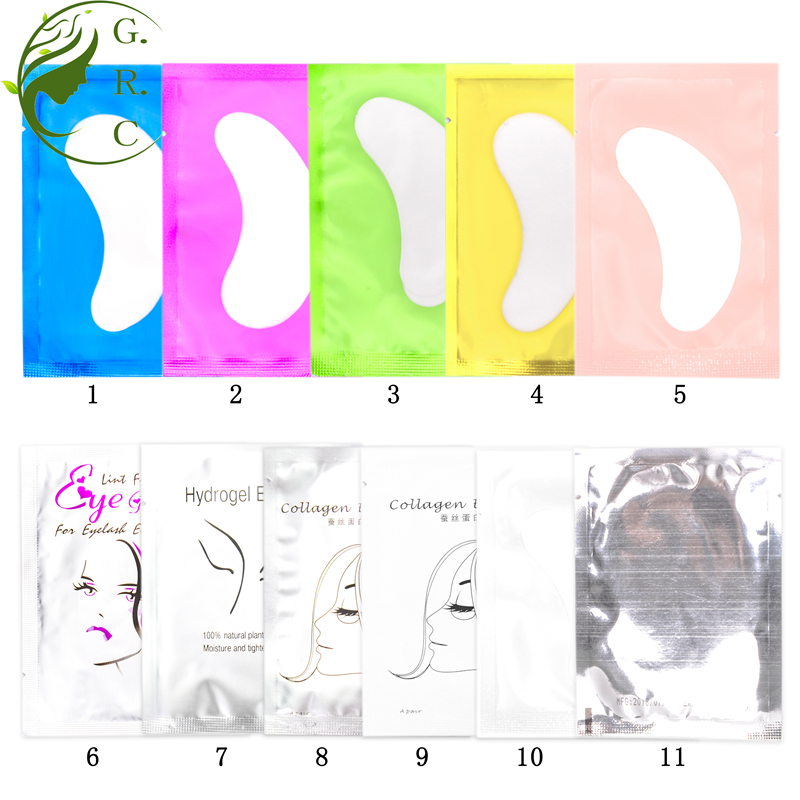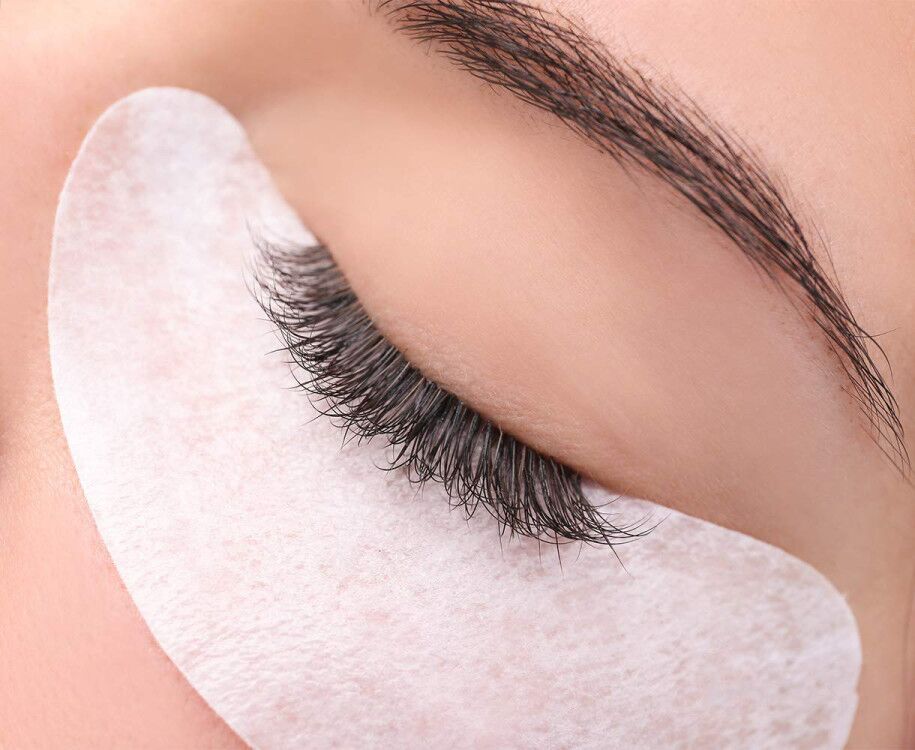As the economy grows and living standards improve, more and more pets are becoming an essential part of family life. This has led to a rapid expansion of the pet food industry. Just like human food, pet food must meet strict safety and quality standards. Pet foods have a defined shelf life, during which they need protection from spoilage and nutrient degradation. Several factors influence this shelf life, including the use of preservatives, packaging materials, and storage conditions such as temperature and light exposure. This article explores the importance of packaging material barrier properties in extending the shelf life of pet food and discusses various testing methods used to evaluate these properties.
According to the Association of American Feed Control Officials (AAFCO), pet foods typically contain high levels of protein (over 18%) and fat, along with essential nutrients like amino acids, minerals, crude fiber, crude ash, and vitamins. These components support the growth and health of pets, contributing to their vibrant appearance. However, they also serve as ideal environments for microbial growth. Proteins in pet food can be broken down by microorganisms into compounds like organic amines and thiols, which cause unpleasant odors and spoilage. Fats, on the other hand, can be metabolized into pungent substances such as ketones and aldehydes. These breakdown products not only affect the taste and smell of the food but also reduce its nutritional value. Therefore, it is crucial to minimize microbial activity both during production and after the product is placed on the shelf.
Microbial growth depends on several environmental factors, including temperature, oxygen, and moisture. Oxygen is a primary cause of oxidation and rancidity, while moisture provides the necessary environment for microbes to thrive and accelerate fat hydrolysis, shortening the shelf life of food. The integrity and barrier performance of pet food packaging play a vital role in controlling these elements throughout the product's lifespan. Thus, the barrier properties of packaging materials are critical in maintaining the quality and longevity of pet food.
The Effect of Barrier Properties on Shelf Life
During the shelf life of packaged pet food, the presence of oxygen and moisture primarily comes from external sources that penetrate through the packaging. Barrier properties refer to the ability of a material to resist the passage of gases or liquids. Labthink tested seven commonly used pet food packaging materials: PET, PET+CPP, BOPP/CPP, BOPET/PE, OPP/PE/CPP, BOPET/VMPET/LDPE, and aluminum-plastic composite films. Each was evaluated for oxygen and water vapor transmission rates, with higher values indicating poorer barrier performance.
Oxygen permeability tests were conducted using the Labthink OX2/230 Oxygen Transmission Rate Test System, which operates on the equal pressure principle. Specimens were first conditioned at 23°C and 50% RH for 48 hours before being placed between two chambers—one filled with high-purity oxygen and the other with high-purity nitrogen. As oxygen molecules passed through the sample, they were detected by an oxygen sensor, allowing the calculation of oxygen transmission rates.
For moisture permeability, the Labthink W3/030 Water Vapor Transmission Rate Test System was used, employing a gravimetric method. A flat sample was placed in a cup containing distilled water, and the weight loss over time was measured to determine the water vapor transmission rate. The test was conducted at 38°C and 90% RH.
Analysis of the results revealed that materials like aluminum-plastic composites and PET/CPP had lower oxygen transmission rates, suggesting better oxygen barrier properties and longer shelf life for the packaged pet food. In contrast, PET bags showed poor moisture resistance, making them unsuitable for long-term storage of pet food.
In conclusion, the barrier properties of packaging materials are essential for ensuring the quality and extended shelf life of pet food. Manufacturers should prioritize materials with strong oxygen and moisture barriers, such as composite flexible plastics, aluminum-plastic films, or tinplate. It is also important to consider how environmental factors, like humidity, may affect the performance of certain materials—such as EVOH and PA, which perform well under low humidity but degrade rapidly in moist conditions. Therefore, careful selection of packaging materials is crucial for maintaining the integrity and safety of pet food.
Eye Pad
How to use eye pad? eyelash pads is designed for grafting eyelashes. Eye Gel Pad,Under Eye Pad main function is to separate the lower eyelashes from the upper eyelashes to protect the guests. The eyelash pads ,eye pad gel,eye gel pads undre eye pads prevent the sharp tweezers from causing any damage to the sensitive eye skin of the guests.
STRONG HOLD & LINT FREE - Our unique Non-Slip formula is sure to keep your eye pads in place throughout each treatment. They're ideal for professional technicians looking for super reliable patches that keep the lower lashes perfectly isolated.
100% NATURAL HYDRATING INGREDIENTS - These hydrogel eye patches contain Vitamin C and Aloe Vera extract to moisturize and sooth puffy, sensitive eyes. They're cruelty free, vegan and safe accessories for salon use!
FLEXIBLE & COMFORTABLE - Being thin, these pads are extra breathable and flexible making them super comfortable for your clients to wear them for the duration of your treatment. These are great for lash extensions, lash lifting / perming, tinting and any other cosmetic procedures you can think of!
EASY TO APPLY & REMOVE - these lash pads are sticky but don't leave a nasty residue behind. They're effortlessly easy to apply, reapply and remove, making them super comfortable for your client!


Eyelash Pads,Eye Gel Pads,Eye Pad Gel,Under Eye Gel Pad,Delivery Fast Under Eye Pads
Shenzhen Nanfang Shishang Cosmetic Utensil Co., Ltd. , https://www.sznfbrush.com

